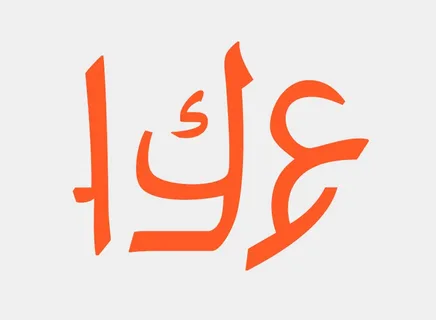Language is a profound aspect of human culture, serving as a vessel for communication, identity, and heritage. Among the rich tapestry of languages, Hebrew vs Arabic stand out with deep historical roots and cultural significance. In this exploration, we delve into the nuances that differentiate Hebrew from Arabic, shedding light on their historical, linguistic, and cultural aspects.
Hebrew vs Arabic

Hebrew and Arabic are both Semitic languages with deep historical and cultural significance. While they share some linguistic and scriptural similarities, they are distinct languages with unique features. Here’s a comparison of Hebrew and Arabic:
- Script and Writing Direction:
- Hebrew: Written from right to left, Hebrew uses an alphabet of 22 letters. It includes vowel diacritics, but they are often omitted in everyday writing.
- Arabic: Also written from right to left, Arabic employs a script with 28 letters. Vowels are indicated by diacritical marks, but like Hebrew, they are often excluded in casual writing.
- Root System:
- Hebrew and Arabic: Both languages share a triconsonantal root system. Words are often derived from three-letter roots, and variations in vowels and affixes convey different meanings.
- Grammar:
- Hebrew: Nouns in Hebrew have gender and number, and the language features a construct state for nouns indicating possession. Verb conjugation involves gender, number, and tense.
- Arabic: Nouns in Arabic also have gender and number, and the language has a case system (nominative, accusative, and genitive). Verb conjugation is complex, with distinctions based on person, gender, number, and mood.
- Tenses:
- Hebrew: Features past, present, and future tenses, with verbs conjugated accordingly.
- Arabic: Has a similar tense system with past, present, and future tenses, and verb conjugations are crucial for expressing time.
- Articles:
- Hebrew: Lacks indefinite articles but uses a definite article (“ha”) similar to English “the.”
- Arabic: Utilizes the definite article “al” and lacks an indefinite article.
- Dual Form:
- Hebrew and Arabic: Both languages have a dual form for nouns, pronouns, and verbs to denote two entities.
- Historical and Cultural Significance:
- Hebrew: Holds religious importance as the language of the Hebrew Bible (Tanakh) and liturgical texts. It is the official language of Israel.
- Arabic: As the language of the Quran, Arabic is central to Islam. It is spoken across the Arab world and serves as a liturgical language for Muslims.
- Geographic Distribution:
- Hebrew: Primarily spoken in Israel and by Jewish communities globally.
- Arabic: Widespread across the Middle East and North Africa, with numerous dialects spoken in different regions.
The importance of learning hebrew and arabic
FAQs
Can I learn both Hebrew and Arabic simultaneously?
While challenging, learning both languages concurrently is possible with dedication and effective language-learning strategies.
Are there similarities in the writing styles of Hebrew and Arabic?
Both languages share a right-to-left script, but their characters and styles are distinct.
How do Hebrew and Arabic influence neighboring languages?
The influence extends to neighboring languages, with traces of both languages found in various regional dialects.
What are the economic benefits of learning Hebrew or Arabic?
Proficiency in either language can enhance career prospects, particularly in fields related to international relations, diplomacy, and trade.
Where can I find resources to learn Hebrew and Arabic online?
Numerous online platforms offer courses, tutorials, and resources for learning both Hebrew and Arabic.
Conclusion
Hebrew and Arabic, while distinct, share a profound connection rooted in history, culture, and religion. Embracing the linguistic tapestry of these languages fosters a richer appreciation for the diversity that defines our global community.



